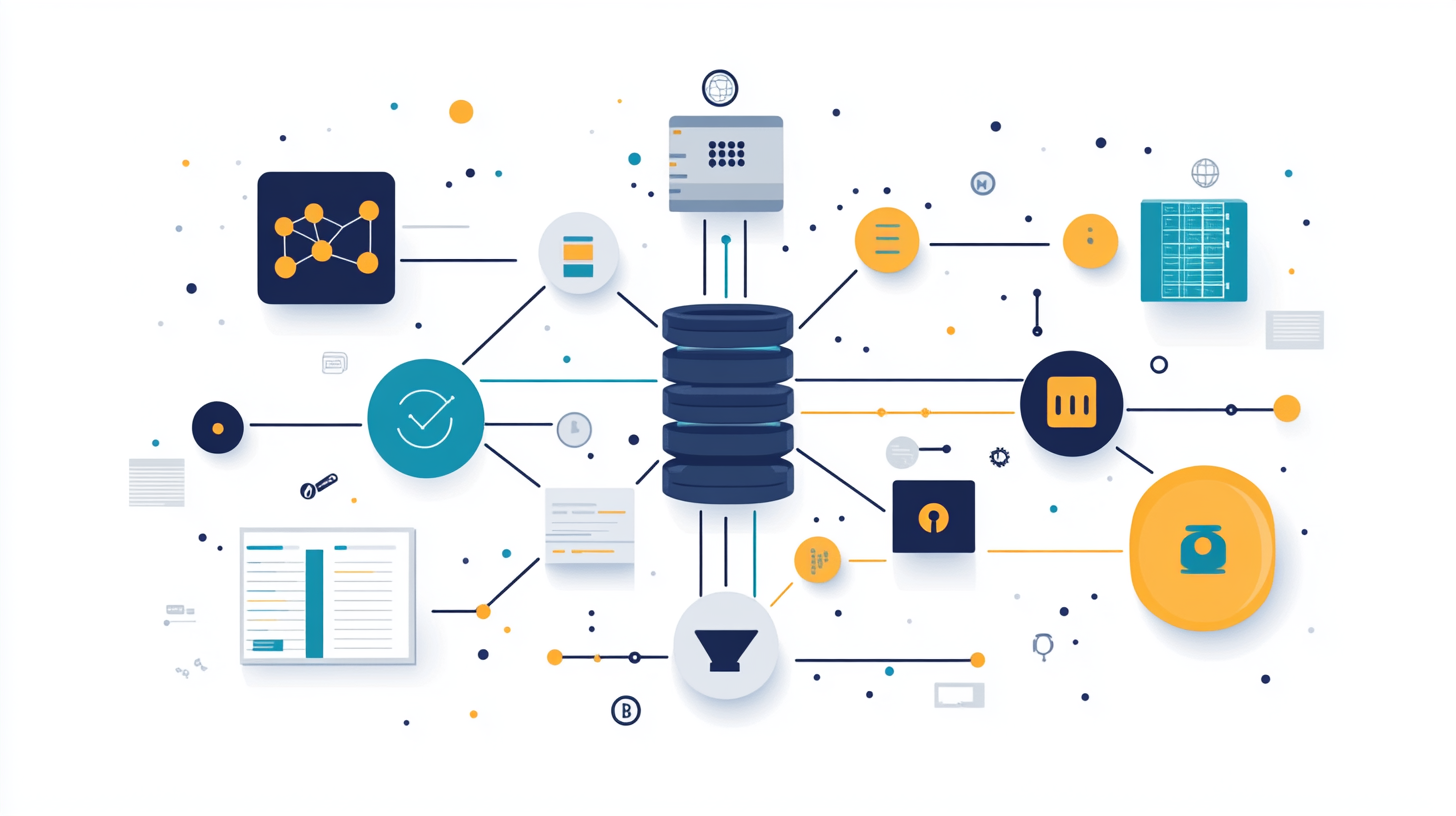Real-time Messaging: The Power of WebSockets, SSE, and WebRTC
Real-time communication powers chat apps, live streaming, and gaming. This article explores WebSockets, SSE, and WebRTC, comparing their use cases, performance, and scalability. Learn how to choose the right technology for low-latency messaging, peer-to-peer streaming, and real-time updates.
Introduction: Why Real-time Communication Matters
The world thrives on instant connectivity. Whether you're chatting on WhatsApp, watching a Twitch livestream, or checking live stock prices on Bloomberg, real-time messaging technologies ensure seamless, low-latency communication.
In this guide, we'll deep dive into three major real-time communication technologies:
- WebSockets – Bi-directional, full-duplex communication over a persistent connection.
- Server-Sent Events (SSE) – One-way server-to-client streaming over HTTP.
- WebRTC – Peer-to-peer communication for video, audio, and data sharing.
We’ll also explore real-world case studies, best practices for scalability, security challenges, and emerging future trends in real-time communication.
Introduction to Real-time Communication
What is Real-time Communication?
Real-time communication involves instantaneous data exchange between clients and servers. Unlike traditional request-response models (e.g., REST APIs), real-time technologies use push-based communication, allowing data to be sent instantly when an update occurs.
Common Real-time Applications
| Application Type | Examples |
|---|---|
| Messaging Apps | WhatsApp, Slack, Telegram |
| Live Streaming | YouTube Live, Twitch, Facebook Live |
| Stock Market Updates | Bloomberg, TradingView, Yahoo Finance |
| Collaborative Tools | Google Docs, Miro, Figma |
| Multiplayer Gaming | Fortnite, Valorant, Call of Duty |
WebSockets: Full-duplex Communication
How WebSockets Work
WebSockets establish a persistent bi-directional communication channel between a client and a server over a single TCP connection. Unlike HTTP, where a client must request updates, WebSockets allow both the client and server to send messages in real time without reopening connections.
WebSocket Handshake Process
- Client initiates connection – Sends an HTTP request with an
Upgradeheader. - Server responds – Replies with
101 Switching Protocols, confirming the handshake. - Persistent connection established – Messages can be sent asynchronously.
Use Cases for WebSockets
- Instant messaging – Slack, Discord
- Live notifications – Push notifications for social media updates
- Real-time dashboards – Stock tickers, analytics
Example Code: WebSocket Server & Client
WebSocket Server (Node.js)
const WebSocket = require('ws');
const server = new WebSocket.Server({ port: 8080 });
server.on('connection', (socket) => {
console.log('Client connected');
socket.on('message', (message) => {
console.log(`Received: ${message}`);
socket.send(`Echo: ${message}`);
});
socket.on('close', () => {
console.log('Client disconnected');
});
});Client-side WebSocket
const socket = new WebSocket('ws://localhost:8080');
socket.onopen = () => {
console.log('Connected to WebSocket server');
socket.send('Hello Server!');
};
socket.onmessage = (event) => {
console.log(`Received: ${event.data}`);
};Server-Sent Events (SSE): One-way Streaming
How SSE Works
SSE allows servers to stream real-time updates to clients over HTTP using the EventSource API. Unlike WebSockets, which enable bi-directional communication, SSE is one-way — the client only receives updates but does not send messages back.
Use Cases for SSE
- Live news feeds – Sports scores, news updates
- Real-time notifications – Social media alerts, event updates
- Analytics dashboards – Live visitor tracking, performance monitoring
Example Code: SSE Implementation
SSE Server (Node.js + Express)
const express = require('express');
const app = express();
app.get('/events', (req, res) => {
res.setHeader('Content-Type', 'text/event-stream');
res.setHeader('Cache-Control', 'no-cache');
res.setHeader('Connection', 'keep-alive');
setInterval(() => {
res.write(`data: ${new Date().toLocaleTimeString()}\n\n`);
}, 1000);
});
app.listen(3000, () => console.log('SSE server running on port 3000'));SSE Client
const eventSource = new EventSource('/events');
eventSource.onmessage = (event) => {
console.log(`New event: ${event.data}`);
};WebRTC: Peer-to-Peer Communication
How WebRTC Works
WebRTC enables peer-to-peer video, audio, and data streaming between browsers without a central server.
Core Components
- ICE (Interactive Connectivity Establishment) – Finds the best connection path.
- STUN (Session Traversal Utilities for NAT) – Bypasses firewalls/NAT.
- TURN (Traversal Using Relays around NAT) – Relays data if direct connections fail.
Use Cases for WebRTC
- Video conferencing – Google Meet, Zoom
- File sharing – Peer-to-peer file transfer
- Decentralized apps – Serverless communication
Example Code: Simple WebRTC Connection
const peerConnection = new RTCPeerConnection();
navigator.mediaDevices.getUserMedia({ video: true, audio: true })
.then((stream) => {
document.getElementById('video').srcObject = stream;
stream.getTracks().forEach(track => peerConnection.addTrack(track, stream));
});
peerConnection.ontrack = (event) => {
document.getElementById('remoteVideo').srcObject = event.streams[0];
};WebSockets vs. SSE vs. WebRTC: Key Differences
| Feature | WebSockets | SSE | WebRTC |
| Connection Type | Full-duplex | One-way (server to client) | Peer-to-peer |
| Use Cases | Chat apps, dashboards | Live updates, notifications | Video/audio calls, file sharing |
| Persistent Connection | Yes | Yes | Yes |
| Data Direction | Bi-directional | Server to client | Bi-directional (P2P) |
Deployment and Scalability Best Practices
| Challenge | Solution |
| Scalability | Use load balancers for WebSockets (e.g., Redis pub/sub). |
| Security | Encrypt all communications with TLS (wss://, https://). |
| Connection Failures | Implement auto-reconnect strategies for WebSockets & SSE. |
Future Trends in Real-time Communication
- HTTP/3 and QUIC – Faster, more reliable real-time communication.
- WebTransport API – Potential successor to WebSockets.
- AI-driven real-time chatbots – Smarter real-time interactions.
Conclusion and Next Steps
Understanding WebSockets, SSE, and WebRTC is crucial for building real-time applications.
Your Next Steps
Experiment with WebSockets, SSE, or WebRTC.
Explore official documentation:














Discussion